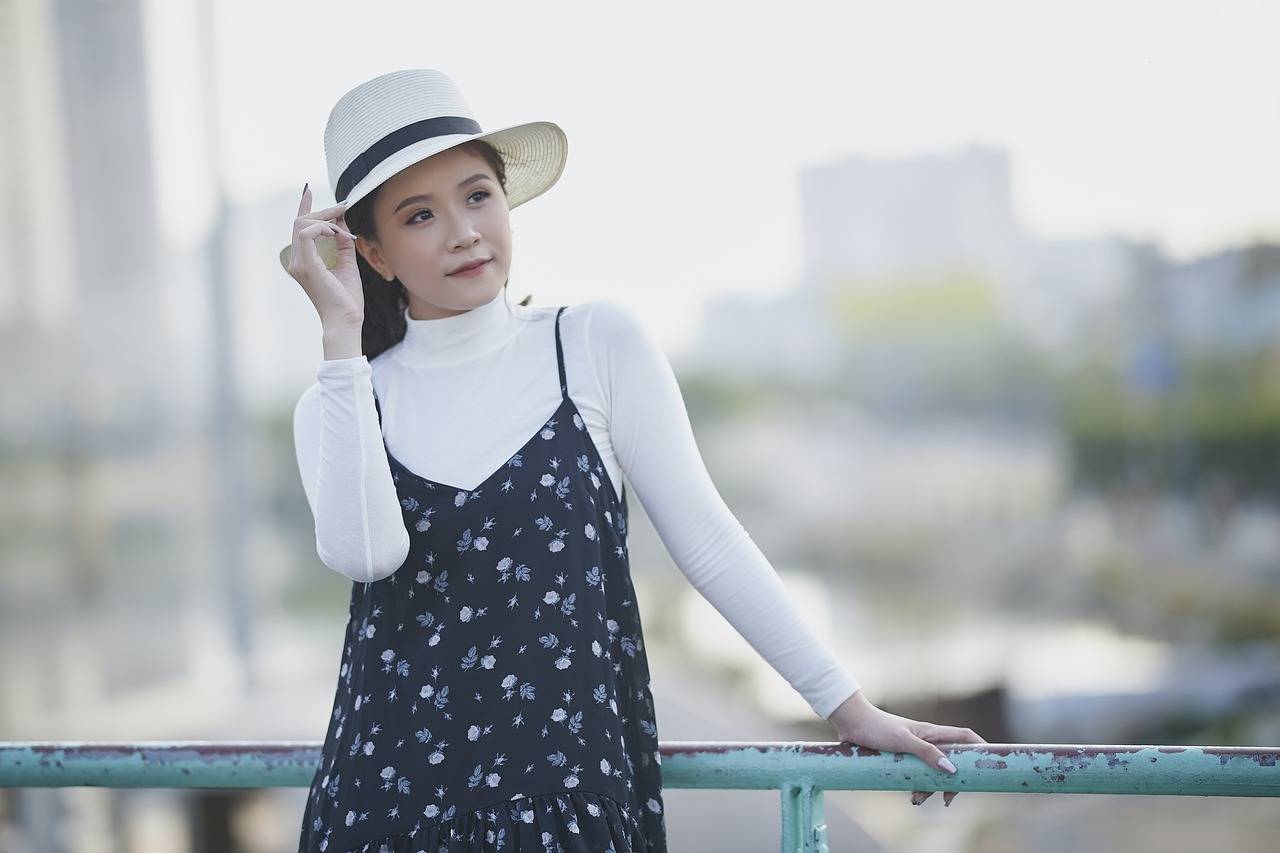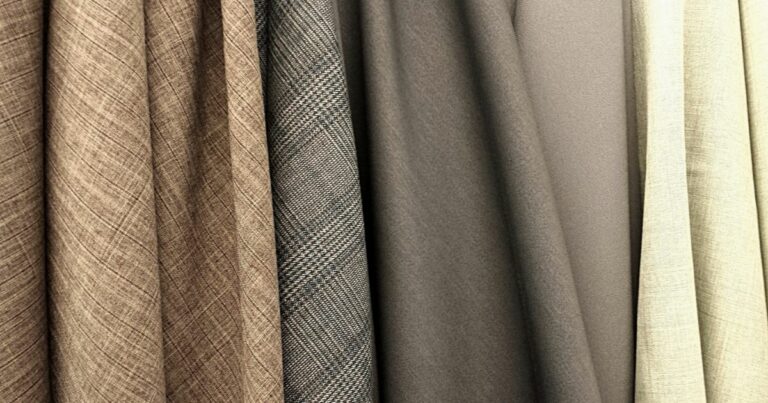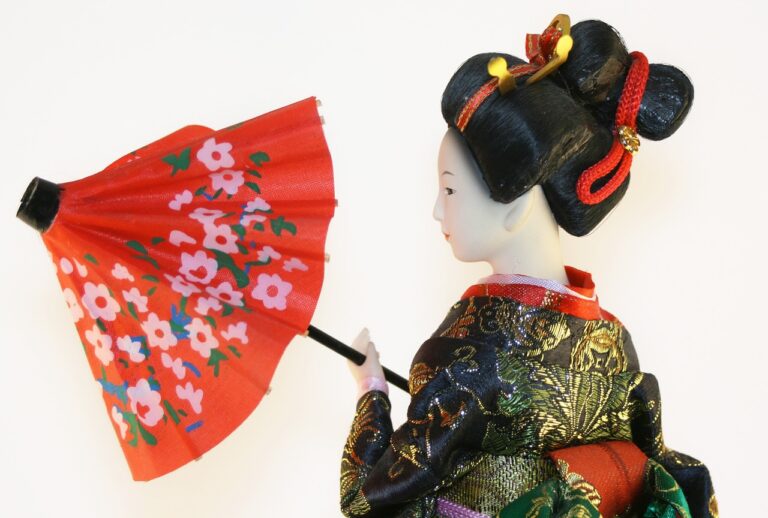Exploring Avant-Garde Fashion Trends
Avant-garde fashion emerged in the early 20th century as a rebellious response to traditional, mainstream styles. It was a movement that aimed to push boundaries, challenge conventions, and redefine the concept of what constituted clothing and beauty. Designers like Paul Poiret, Elsa Schiaparelli, and Yves Saint Laurent were pioneers in this avant-garde movement, introducing innovative silhouettes, materials, and techniques that defied the norm.
The avant-garde fashion movement gained momentum in the 1960s and 1970s, with designers such as Rei Kawakubo of Comme des Garçons, Vivienne Westwood, and Jean-Paul Gaultier pushing the boundaries of design even further. These designers rejected the notion that fashion had to be pretty or flattering, instead embracing asymmetry, deconstruction, and unconventional materials. Avant-garde fashion became a form of artistic expression, blurring the lines between fashion and art and challenging societal norms and expectations.
Key Characteristics of Avant-Garde Fashion
Avant-garde fashion is known for its innovation and experimentation, often pushing the boundaries of traditional aesthetics. One key characteristic of avant-garde fashion is the emphasis on non-conformity and uniqueness. Designers in this realm strive to break away from conventional norms and challenge the status quo through bold and unconventional creations. This can manifest in avant-garde pieces that feature unconventional materials, exaggerated proportions, or avant-garde silhouettes that defy traditional notions of beauty and wearability.
Another defining characteristic of avant-garde fashion is its focus on artistic expression and creativity. Designers within this realm often blur the lines between fashion and art, using garments as a medium for self-expression and storytelling. Avant-garde fashion pieces are frequently conceptual and thought-provoking, with designers drawing inspiration from various art forms, historical movements, or personal experiences to create visually striking and emotionally resonant designs. In this way, avant-garde fashion serves as a platform for artistic experimentation and cultural commentary, pushing the boundaries of what is considered fashionable and meaningful.
What is avant-garde fashion?
Avant-garde fashion refers to clothing designs that are innovative, experimental, and push the boundaries of traditional fashion norms.
How is avant-garde fashion different from mainstream fashion?
Avant-garde fashion is often seen as more artistic, unconventional, and forward-thinking compared to mainstream fashion, which tends to follow trends and cater to a wider audience.
What are some key characteristics of avant-garde fashion?
Some key characteristics of avant-garde fashion include asymmetrical silhouettes, unconventional materials, exaggerated proportions, bold colors, and unique construction techniques.
Is avant-garde fashion wearable in everyday life?
While some avant-garde fashion pieces may be more suitable for editorial shoots or runway shows, there are also wearable and more toned-down avant-garde pieces that can be incorporated into everyday outfits.
Who are some notable avant-garde fashion designers?
Some notable avant-garde fashion designers include Rei Kawakubo of Comme des Garçons, Rick Owens, Yohji Yamamoto, and Maison Margiela (formerly known as Maison Martin Margiela).
How can someone incorporate avant-garde elements into their wardrobe?
To incorporate avant-garde elements into your wardrobe, consider experimenting with unconventional silhouettes, mixing and matching textures, playing with proportions, and layering different pieces to create a bold and unique look.






